Commentary: The Endangered Species Act faces its own existential threat
Published in Op Eds
We are on the cusp of losing the integrity of one of the most significant environmental acts ever enacted in the United States. Why should this matter? As the Pulitzer Prize-winning evolutionary biologist E.O. Wilson put it: “We should preserve every scrap of biodiversity as priceless while we learn to use it and come to understand what it means to humanity.”
Wilson considered the Endangered Species Act of 1973 the most important piece of conservation legislation in our nation’s history.
I know what that means. I know because I lived it.
Fifty years ago, when I began studying peregrine falcons in Colorado, there seemed little hope the species would escape extinction. I was well aware of the shocking statistics: From a historical population of 8,773 pairs in North America, only 500 pairs were known to remain on the continent in 1975. In the Rockies, only 14 birds were surviving.
The Endangered Species Act arrived in the nick of time. It had been passed by a near-unanimous bipartisan vote in Congress and signed into law by President Nixon. The act did several things immediately. Each step was critical. It mandated the formation and funding of “recovery plans” for endangered species, bringing together teams of the best scientific minds to design strategies for averting extinction. It also called for protecting critical habitat — the natural landscape surrounding the breeding, feeding and resting sites of endangered species.
And it did something more. The law required federal agencies to work to ensure that any actions they might fund did not indirectly threaten, or “harm,” the existence of an endangered species.
The Endangered Species Act worked. Thanks to the legislation and the way it has been enforced, today we have the opportunity to watch soaring bald eagles in the lower 48, see gray whales migrate along the California coast and appreciate the grace and speed of the species that I researched, the American peregrine falcon. At present, the act has protected more than 2,000 species.
There are now more than 3,000 pairs of peregrine falcons in North America — a number unthinkable to me in 1975, when so few individuals remained. Today we can still witness the inspirational spectacles of peregrines slicing the air, hurtling in a 200-mile-per-hour dive to the earth.
The odds for such success in the future suddenly don’t look good.
After 52 years of bipartisan efforts working to save species, the Trump administration is pushing mightily to undo the Endangered Species Act, claiming the law is in need of updating. This is the wrong term for what is being proposed, according to biologists — “unraveling” is more like it. The U.S. Fish and Wildlife Service is seeking to remove the regulatory definition of “harm” from the act, and rely instead on the definition of “take.”
“Take” in this instance means actions that harass or kill species directly. “Harm,” however, has been understood in much broader terms, as actions that may incidentally jeopardize a northern spotted owl, or a Palos Verdes blue butterfly, or various populations of wild salmon, and especially as actions that could degrade an endangered species’ habitat.
This simple distinction between direct and indirect threats is crucial. A species is its food, shelter and breeding grounds. From the Endangered Species Act’s inception, the interpretation of “harm” has recognized that. Without it the act’s power to preserve critical habitats — and save or protect plants and animals — could be dissolved.
There is something else missing from the current discussion of upending the act. The Endangered Species Act benefits people far more than most of us realize.
Animals and plants we may consider inconsequential may yet hold promises for our future, in medicine, in agriculture, in our sharing of this Earth. Each living species is a holding tank, a treasure chest of unique genetic material that has evolved within its habitat for thousands of years.
Even with a robust Endangered Species Act, scientists believe human activity is extinguishing species at a rate that far exceeds what’s natural. Critics of the Endangered Species Act see it as keeping resources from people when it prevents a logging operation or the drilling of an oil well to protect a species. It’s better understood as maintaining biodiversity for people, and for the health and safety of the planet.
Removing the proper definition of “harm” from the Endangered Species Act will mean removing habitat that is essential for a species’ survival.
The rule change will be decided soon. The public has until Monday to comment.
I hope they will, on the side of this visionary law. The Center for Biological Diversity lists the monarch butterfly, the Florida panther, the desert tortoise and seven more at-risk species that right now need habitat protection. To end 50 years of common-sense interpretation of the Endangered Species Act — the pivotal law that brought the peregrine falcon, the fastest animal on Earth, back from extinction — would be a sad day for America.
____
Marcy Cottrell Houle is a wildlife biologist and author of many books including“Wing for My Flight: The Peregrine Falcons of Chimney Rock.”
_____
©2025 Los Angeles Times. Visit at latimes.com. Distributed by Tribune Content Agency, LLC.
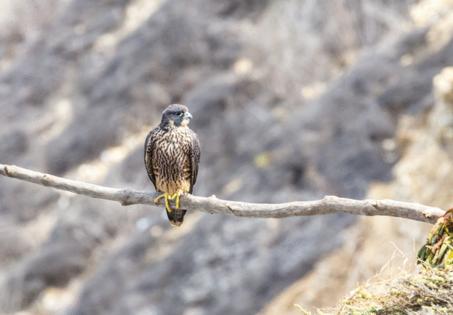


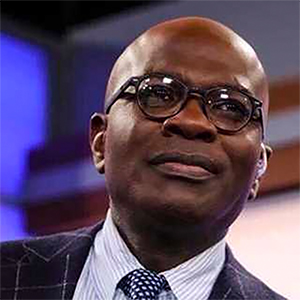



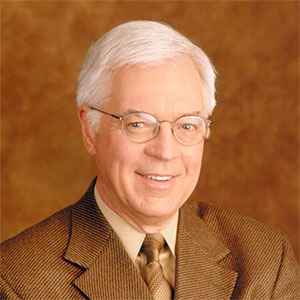

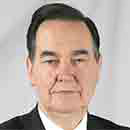













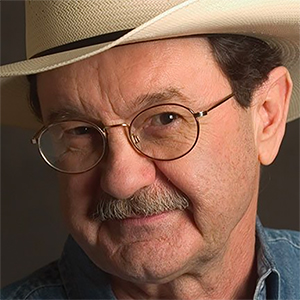

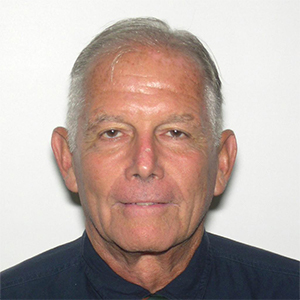

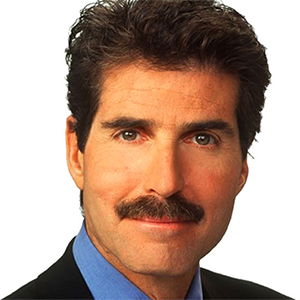

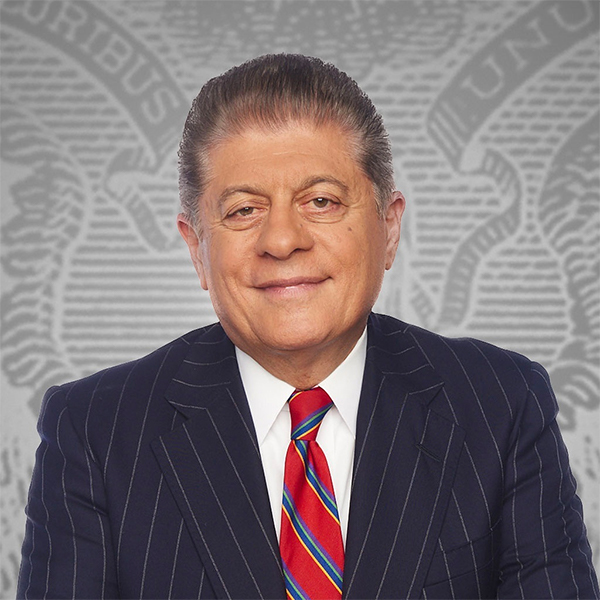



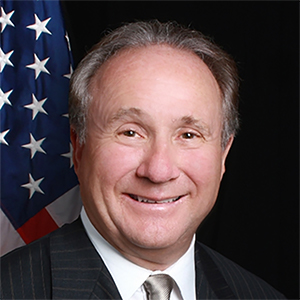




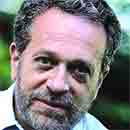
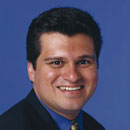












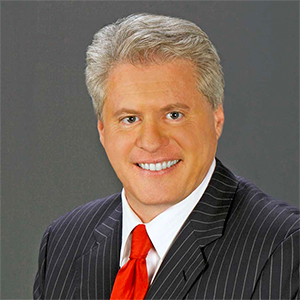
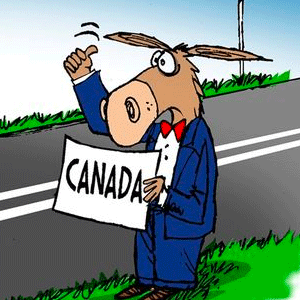
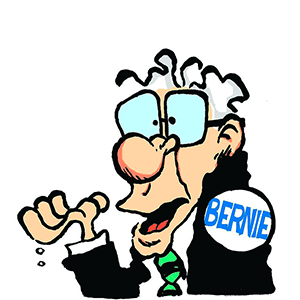
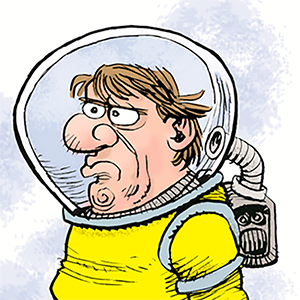
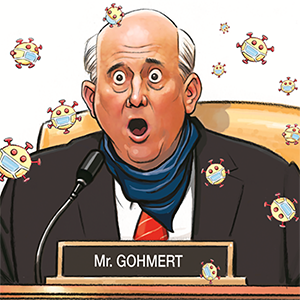
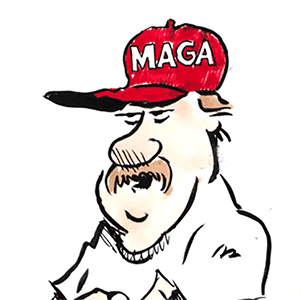

Comments